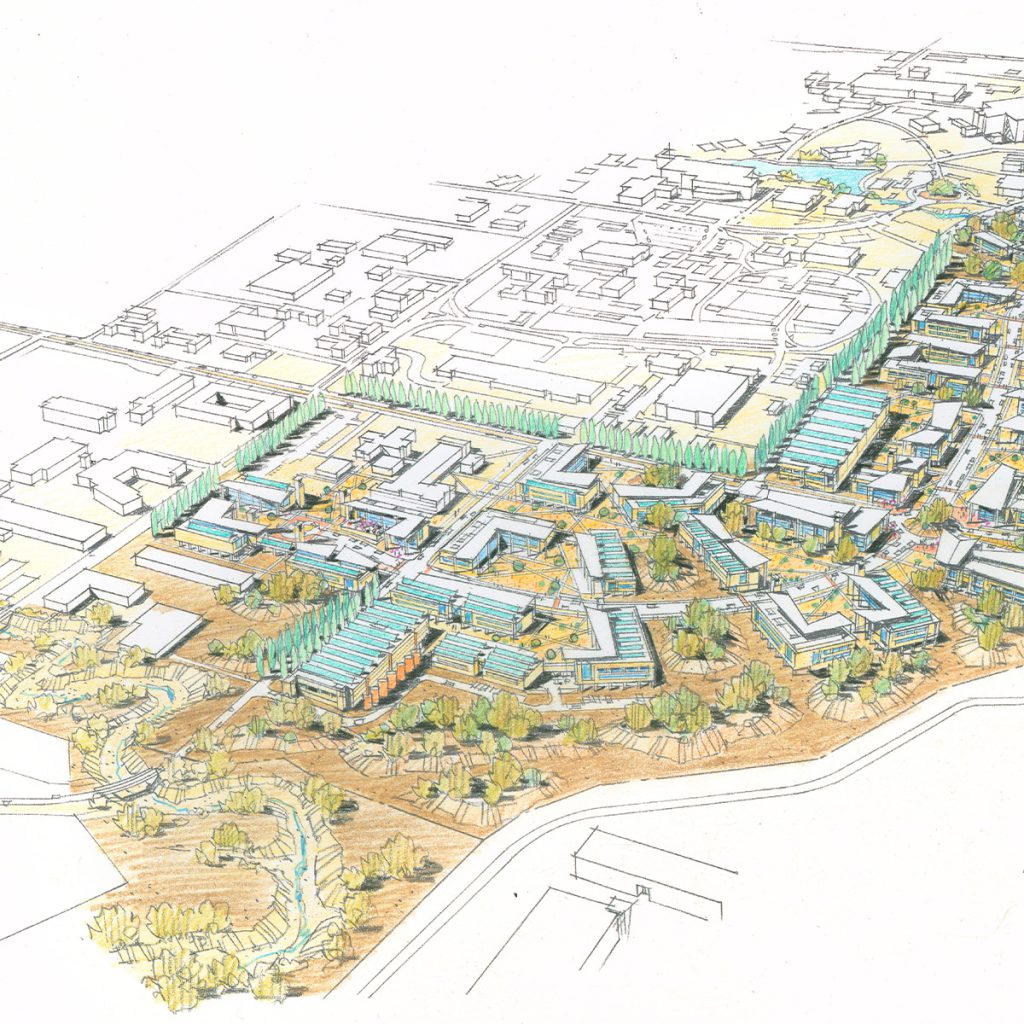In the heart of Silicon Valley, where technological innovation drives economic growth and societal progress, the Bay Area Pentest Initiative stands as a crucial effort to fortify defenses against cyber threats. This collaborative cybersecurity assessment program delves deep into the region’s digital infrastructure, examining vulnerabilities and enhancing resilience across critical sectors. To understand the potential impact of cyber breaches on the Bay Area’s tech ecosystem and national security assets, it’s essential to delve into specific targets, including technology companies, data centers, and research institutions, and assess the economic ramifications of potential disruptions.

Unveiling Vulnerabilities: Understanding the Bay Area Pentest Initiative
The Bay Area Pentest initiative represents a collaborative effort between government agencies, private corporations, and cybersecurity experts to conduct comprehensive evaluations of the region’s digital ecosystem. Unlike traditional security assessments, the Bay Area Pentest takes a holistic approach, scrutinizing interconnected networks and systems that underpin the Bay Area’s technological prowess.
Key Targets and Vulnerabilities
Technology Companies: Pillars of Innovation
Silicon Valley’s technology companies, from industry titans to burgeoning startups, form the backbone of the Bay Area’s innovation ecosystem. These firms drive economic growth, shape global trends, and pioneer cutting-edge technologies. However, they are also prime targets for cyber adversaries seeking to exploit vulnerabilities in their digital infrastructure.
The Bay Area Pentest evaluates the cybersecurity posture of these technology companies, identifying vulnerabilities in their networks, cloud services, and software applications. A breach targeting these firms could lead to significant disruptions, compromising sensitive data, disrupting critical services, and eroding public trust in their ability to safeguard information. Read on for more bay area pentest measures in cybersecurity.
Data Centers: Guardians of Digital Assets
Data centers play a pivotal role in supporting the Bay Area’s digital economy, providing the infrastructure needed to store, manage, and analyze vast amounts of data. These facilities serve as the backbone of cloud computing services, big data analytics, and online platforms.
The Bay Area Pentest assesses the security of data centers, scrutinizing their physical and digital defenses against cyber threats. A breach at a data center could have far-reaching consequences, impacting the availability, confidentiality, and integrity of data stored within its servers. Moreover, it could disrupt services for customers, trigger regulatory scrutiny, and result in financial losses and reputational damage for the data center operator. Read on for more bay area penetration testing measures in cybersecurity. Looking to the heart of the bay area, you can also find San Francisco.
Bay Area Pentest targets

Bay Area Pentest – Tech Companies
Silicon Valley is home to an array of technology companies, ranging from industry giants like Google, Apple, Facebook, and Intel to innovative startups that fuel the region’s entrepreneurial spirit. According to a report by the Bay Area Council Economic Institute, the tech industry contributes significantly to the region’s GDP and employment. In 2019, the tech sector accounted for approximately $275 billion in GDP and supported over 1.8 million jobs in the Bay Area.
A cyber breach targeting these tech companies could have devastating consequences, impacting not only their operations but also the broader economy and national security. For instance, a ransomware attack or data breach at Google’s headquarters in Mountain View could compromise sensitive user data, disrupt critical services like Gmail and Google Cloud, and erode public trust in the company’s ability to safeguard information. Moreover, given Google’s extensive reach and influence in various sectors, such an incident could ripple through supply chains, disrupt partner ecosystems, and result in significant financial losses.
Data Centers
The Bay Area is also home to numerous data centers that serve as the backbone of the digital economy, supporting cloud computing services, big data analytics, and online platforms. For example, Equinix, one of the world’s largest data center operators, operates multiple facilities in Silicon Valley, providing colocation services to tech companies, financial institutions, and enterprises.
A cyber breach at a data center like Equinix could have far-reaching consequences, affecting the availability, confidentiality, and integrity of data stored within its servers. For instance, a Distributed Denial of Service (DDoS) attack targeting Equinix’s network infrastructure could disrupt services for its customers, leading to downtime, revenue losses, and reputational damage. Moreover, a breach involving sensitive customer data could trigger regulatory scrutiny, legal liabilities, and erosion of customer trust, impacting the company’s bottom line and market reputation.
Lawrence Livermore National Laboratory (LLNL)
Lawrence Livermore National Laboratory (LLNL), located in Livermore, California, plays a pivotal role in advancing national security interests, conducting research and development in areas such as nuclear weapons, cybersecurity, and energy security. According to LLNL’s website, the lab employs over 8,000 scientists, engineers, and support staff, conducting cutting-edge research to address complex challenges facing the nation.
A cyber breach at LLNL could compromise classified research data, intellectual property, and sensitive information related to national security. For instance, a sophisticated cyber attack targeting LLNL’s network infrastructure could exfiltrate sensitive research data on nuclear weapons simulations, advanced materials, or cybersecurity technologies, potentially undermining U.S. strategic interests and endangering national security. Moreover, a breach could disrupt ongoing research projects, damage collaborative partnerships with government agencies and research institutions, and erode public confidence in the lab’s ability to protect sensitive information. Read on for more bay area pentest measures in cybersecurity.

Economic & National-Sec Implications of a Bay Area Pentest
The Bay Area’s tech ecosystem and national security assets are integral to the region’s economic prosperity and strategic interests. According to a report by the Silicon Valley Leadership Group, the tech industry accounts for a significant portion of the region’s GDP and GNP, driving innovation, job creation, and global competitiveness.
If six major tech companies or LLNL were hit by cyberattacks simultaneously, the economic and national security implications could be severe. For instance, assuming each tech company generates an average annual revenue of $100 billion, a cyber breach affecting all six companies could result in a combined revenue loss of $600 billion. This would not only impact the companies’ financial performance but also ripple through the supply chain, affecting suppliers, vendors, and service providers.
Furthermore, disruptions to critical infrastructure and national security assets like LLNL could compromise the region’s ability to respond to emerging threats, conduct research and development, and maintain strategic deterrence. The loss of classified information, research data, and intellectual property could undermine U.S. competitiveness, erode technological superiority, and weaken national security posture.

Mitigation Strategies and Resilience Building
To mitigate the risks posed by cyber threats and enhance resilience in the face of potential breaches, the Bay Area must adopt a multifaceted approach that encompasses proactive cybersecurity measures, public-private partnerships, and investment in research and development. Even further, national security leaders should also look south to Los Angeles and it’s growing tech scene.
Proactive Cybersecurity Measures
Tech companies, data centers, and research institutions must prioritize cybersecurity as a core business function, implementing robust security controls, threat detection mechanisms, and incident response protocols. This includes regular security assessments, penetration testing, and employee training programs to educate staff about common cyber threats and best practices for mitigating risks.
Public-Private Partnerships
Public-private partnerships play a crucial role in strengthening cybersecurity resilience across the Bay Area. Government agencies, industry associations, and cybersecurity organizations must collaborate closely to share threat intelligence, coordinate incident response efforts, and develop strategies for mitigating emerging threats. This includes information sharing initiatives, joint exercises, and collaborative research projects aimed at addressing evolving cyber threats.
Investment in Bay Area Pentest Research and Development
To stay ahead of cyber adversaries, the Bay Area must invest in research and development to develop innovative cybersecurity technologies, tools, and techniques. This includes funding for academic research institutions, startups, and industry consortia focused on cybersecurity innovation. By fostering a culture of innovation and entrepreneurship, the region can develop cutting-edge solutions to address emerging cyber threats and enhance resilience across critical infrastructure sectors.
Conclusion
The Bay Area faces significant cyber threats that pose risks to its tech ecosystem, critical infrastructure, and national security assets. Unlike it’s sister city to the south in San Diego, a late comer & new age tech ecosystem of the state, the Bay Area serves as the eponymous & historical tech hub of the state, and the globe.
By identifying vulnerable targets like tech companies, data centers, and research institutions and assessing the economic and national security implications of potential breaches, the region can develop proactive strategies for mitigating risks and enhancing resilience. Through proactive cybersecurity measures, public-private partnerships, and investment in research and development, the Bay Area can strengthen its cybersecurity posture and safeguard its digital future against evolving threats. This is my post on bay area pentest measures in cybersecurity.
Leave a Reply